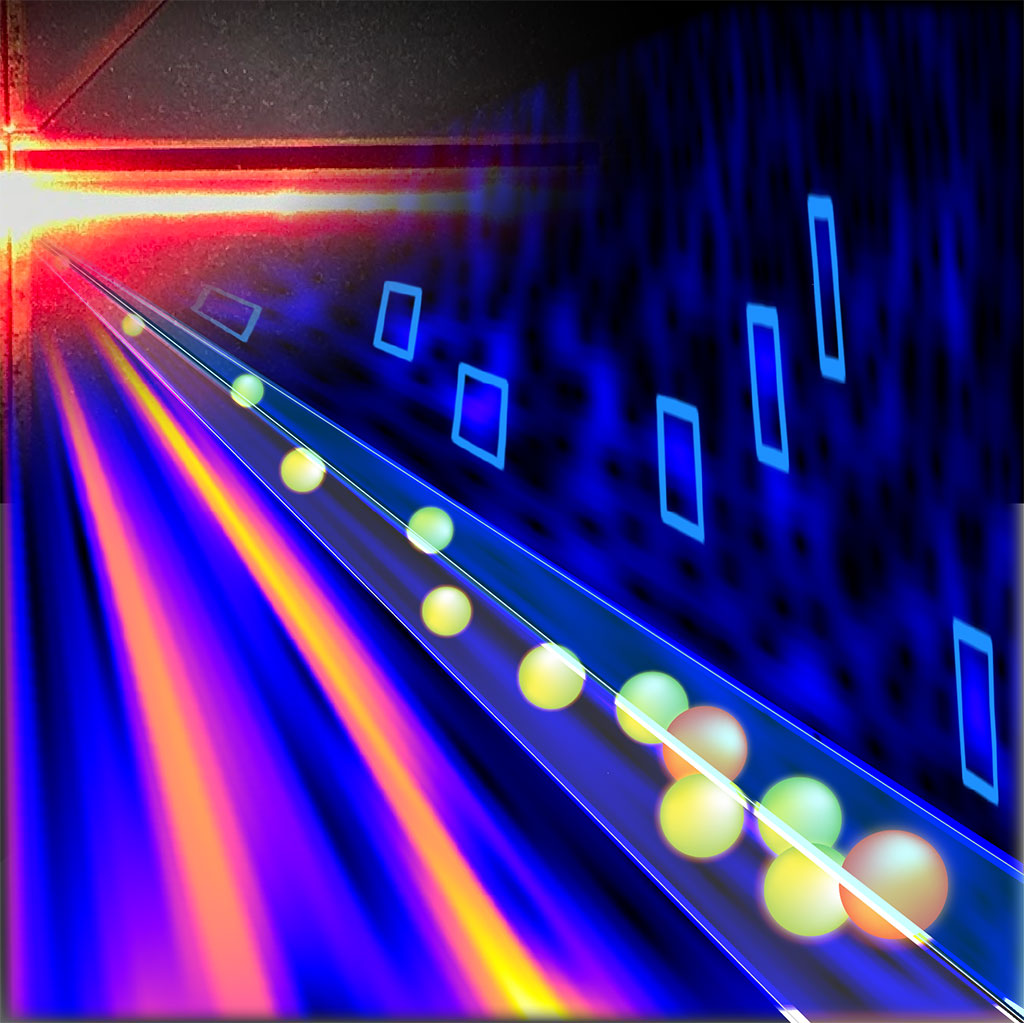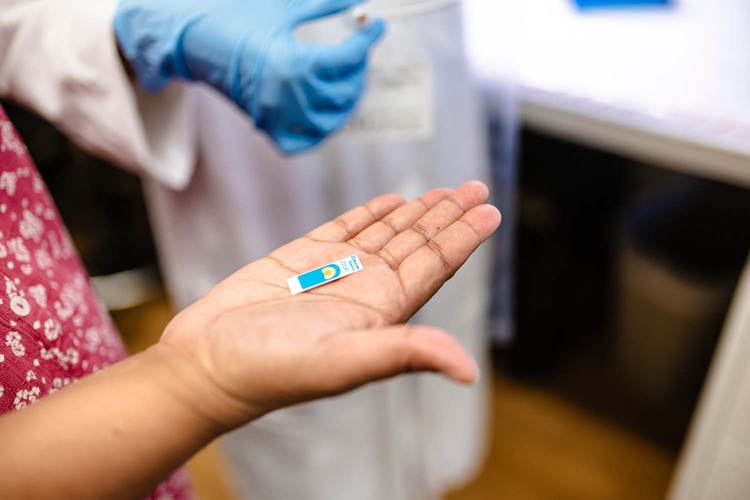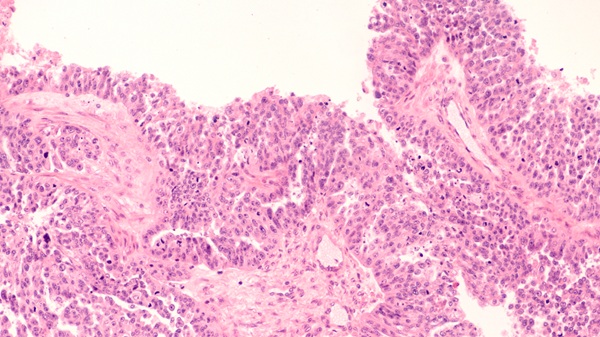Portable Optofluidic Sensing Devices Could Simultaneously Perform Variety of Medical Tests
Posted on 26 Jun 2023
While a variety of chip-based testing devices have been created, they primarily focus on one particular target or test due to the wide array of forms and quantities that biomolecules take. For instance, proteins that serve as disease biomarkers can have concentrations differing by more than ten orders of magnitude. Now, scientists have utilized novel signal-processing methods on an optofluidic chip-based biosensor, enabling seamless fluorescence detection of a nanobead mixture spanning eight orders of magnitude in concentration, from attomolar to nanomolar. This extends the working concentration range of these sensors by over 10,000 times, paving the way for extremely sensitive portable integrated optofluidic sensors that can conduct various simultaneous medical tests, even if the tests involve different types of bioparticles—like viruses and DNA—in widely varying concentrations.
Researchers at University of California, Santa Cruz (UCSC, Santa Cruz, CA, USA) are developing a versatile testing platform based on optofluidic chips. These chips merge optics and microfluidic channels on a silicon or plastic chip, and detect particles by illuminating them with a laser beam and subsequently measuring the particle response with a light-sensitive detector. The researchers had previously demonstrated that their platform is capable of conducting various analyses and detecting a multitude of particle types, including nucleic acids, proteins, viruses, bacteria, and cancer biomarkers. However, until now, they employed separate detectors and signal analysis techniques to measure particles with high and low concentrations. This was necessary as a high concentration of one particle type could generate a large response that drowns out the smaller signals from other particles present in low concentrations.

In their latest research, the researchers devised signal-processing techniques that can simultaneously detect particles in both high and low concentrations, regardless of whether the concentrations are known in advance. To achieve this, they mixed different signal modulation frequencies: high-frequency laser modulation to single out particles at low concentrations, and low-frequency laser modulation to detect large signals from numerous particles at high concentrations. They also implemented a highly efficient algorithm they recently developed to identify single particle signals at low concentrations in real-time. Machine learning was beneficial in identifying signal patterns, enabling high-precision differentiation of various particle types. The team demonstrated their new signal analysis method by introducing optofluidic biosensor chips to a solution of nanobeads at varying concentrations and with different fluorescence colors. They were able to accurately determine the concentration of both yellow-green and crimson beads, even though their concentrations in the mixture varied by a factor exceeding 10,000.
“This work is our latest step in developing integrated optofluidic sensing devices that are sensitive enough to detect single biomolecules and work over a very wide range of concentrations,” said Holger Schmidt from the W.M. Keck Center for Nanoscale Optofluidics at the USCS who led the research. “We have shown that this can be done with a single method, which allows us to simultaneously measure and distinguish multiple particle types at once even if they have very different concentrations.”
“These signal analysis advances are ideal for enabling device operation at the point of care where signal quality can be poor and where data analysis is required in real time,” added Schmidt.
Related Links:
UCSC














